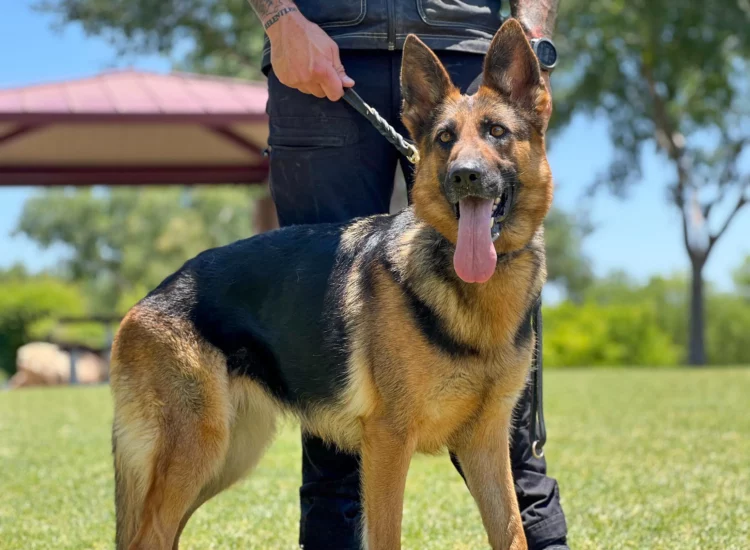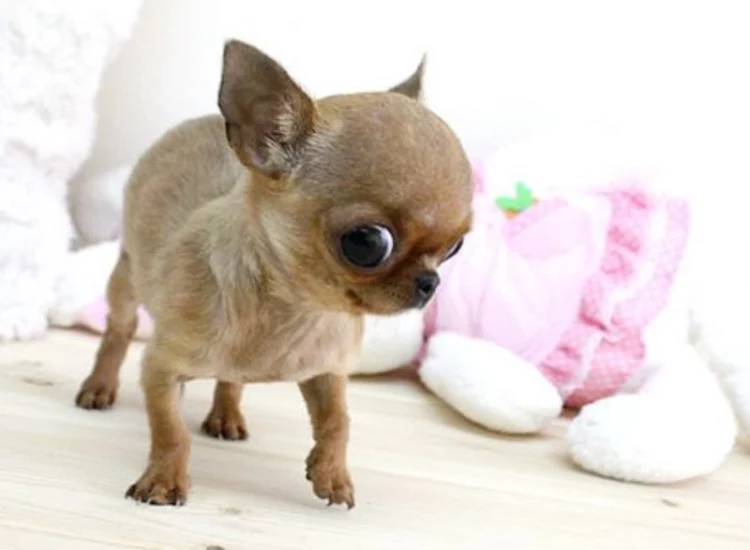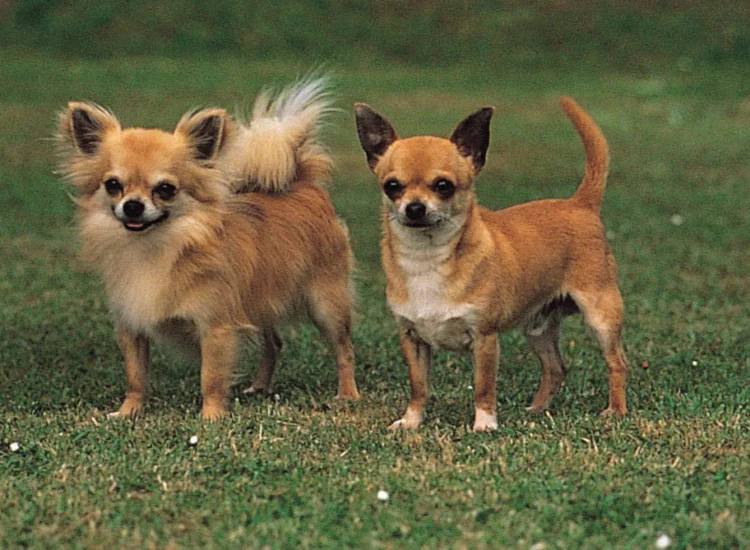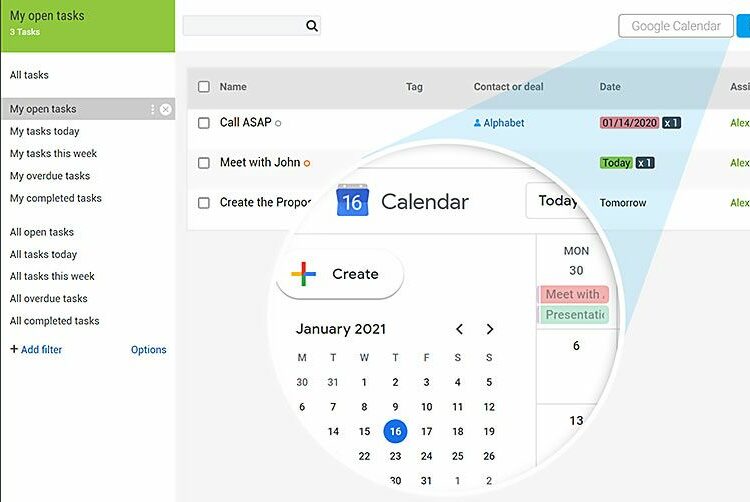The Enduring Vigil of Hachiko: A True Story of Unwavering Canine Devotion
The bond between humans and dogs has been celebrated for centuries, often lauded for its unconditional love, unwavering companionship, and profound loyalty. While countless tales of canine devotion exist, few resonate as deeply and enduringly as the true story of Hachiko, an Akita Inu who became a symbol of unwavering fidelity in Japan and across the globe. His remarkable tale, spanning nearly a decade, continues to touch hearts and serves as a poignant testament to the extraordinary connection we share with our four-legged friends.

The story begins in 1924 when Hidesaburō Ueno, a professor in the agriculture department at the University of Tokyo, adopted a golden brown Akita puppy. He named him Hachiko, a name that translates to “eighth” or “lucky eight” in Japanese, often used to denote good fortune. Professor Ueno and Hachiko quickly formed an inseparable bond. The professor would shower Hachiko with affection, and the loyal puppy would follow his beloved owner everywhere, their days filled with simple joys and quiet companionship.
A significant part of their daily routine involved Professor Ueno’s commute to the university. Every morning, Hachiko would accompany his master to the Shibuya train station in Tokyo. He would sit patiently outside the ticket gate, watching as Professor Ueno boarded the train. Then, in the late afternoon, precisely when the train carrying his owner was scheduled to arrive, Hachiko would be there again, waiting faithfully to greet him. This routine became a familiar sight to the commuters and station staff, a heartwarming testament to the deep connection between the professor and his dog.
Tragedy struck on May 21, 1925. Professor Ueno suffered a sudden cerebral hemorrhage while at the university and passed away unexpectedly. He never returned to the Shibuya train station. Hachiko, however, did not understand this irreversible loss. He arrived at the station as usual that afternoon, his tail wagging expectantly, ready to greet his beloved owner. But Professor Ueno did not appear.
Day after day, Hachiko returned to the Shibuya station at the same time, patiently waiting for his master’s arrival. He would sit amidst the bustling crowds, his gaze fixed on the ticket gate, his ears perked at the sound of each arriving train. The station staff and commuters noticed the forlorn dog, his unwavering vigil a stark contrast to the transient nature of the station. They offered him food and water, and while Hachiko accepted their kindness, his focus remained solely on the hope of seeing his beloved professor once more.
Related articles 01:
1. https://chosloughi.org/five-compelling-reasons-to-welcome-a-chihuahua-into-your-life
2. https://chosloughi.org/unveiling-the-majesty-5-fascinating-facts-about-the-german-shepherd-dog
3. https://chosloughi.org/the-cavalier-king-charles-spaniel-a-royal-companion-through-centuries
4. https://chosloughi.org/the-sloughi-and-its-hybrid-vigor-exploring-sloughi-mixes
5. https://chosloughi.org/the-apex-hunters-exploring-the-world-of-predatory-dog-breeds
As days turned into weeks, and weeks into months, Hachiko’s story began to spread. People were moved by the Akita’s unwavering loyalty, his refusal to give up hope despite the passage of time. He became a familiar figure at the station, affectionately known as “Chuken Hachiko,” meaning “faithful dog Hachiko.”
Initially, some station staff viewed Hachiko as a nuisance, but as his story became more widely known, their attitude shifted to one of respect and compassion. They understood that Hachiko was not just a stray dog; he was a living embodiment of loyalty and devotion.
In 1928, a former student of Professor Ueno, Hirokichi Saito, who was also a canine expert, learned about Hachiko. Deeply moved by the dog’s story, Saito began to visit him regularly at the station. He also conducted research on the Akita breed and discovered that Hachiko was one of only 30 purebred Akitas remaining at the time. Saito published several articles about Hachiko’s remarkable loyalty, which further amplified his story and captured the hearts of the nation.

Hachiko’s unwavering vigil continued for nearly ten years. Rain or shine, summer heat or winter snow, he would arrive at the Shibuya station every afternoon, waiting patiently until the last train had arrived and the crowds had thinned. His enduring presence became a symbol of hope and resilience for many, especially during the difficult economic times of the Great Depression.
The story of Hachiko reached international audiences through newspaper articles and word of mouth, further solidifying his status as a global icon of loyalty. People from all walks of life were touched by his unwavering devotion to his deceased owner.
Sadly, Hachiko’s long wait finally came to an end on March 8, 1935. He was found dead on a street near the Shibuya station, his body weakened by age and the hardships he had endured. His passing was mourned throughout Japan, and his story became a national legend.
Even in death, Hachiko’s legacy of loyalty continued. His remains were cremated, and his ashes were buried alongside those of his beloved Professor Ueno in Aoyama Cemetery in Tokyo, finally reuniting the faithful dog with his master.
Related articles 02:
1. https://chosloughi.org/the-enduring-charm-of-the-collie-a-breed-profile
2. https://chosloughi.org/the-ancient-mystery-the-importance-and-uniqueness-of-the-xoloitzcuintli
3. https://chosloughi.org/the-most-child-friendly-dog-breeds-a-guide-for-families
4. https://chosloughi.org/the-enduring-legacy-of-sheepdogs-guardians-of-the-flock-and-loyal-companions
5. https://chosloughi.org/the-apex-hunters-exploring-the-world-of-predatory-dog-breeds
To commemorate his remarkable life and unwavering devotion, a bronze statue of Hachiko was erected at the Shibuya station in 1934, a year before his death. Hachiko himself was present at its unveiling. This statue quickly became a popular meeting spot and a symbol of Shibuya. During World War II, the statue was melted down for the war effort, but a new statue, sculpted by Takeshi Ando, the son of the original artist, was erected in its place in 1948. Today, this statue remains a beloved landmark, a constant reminder of Hachiko’s extraordinary loyalty.

Over the years, Hachiko’s story has been retold in numerous books, films, and documentaries, further cementing his place in popular culture. The 2009 American film “Hachi: A Dog’s Tale,” starring Richard Gere, brought his story to a new generation of viewers worldwide, moving audiences with its poignant portrayal of the unbreakable bond between a man and his dog.
The true story of Hachiko is more than just a heartwarming tale about a loyal dog. It is a powerful testament to the depth of the emotional connection that can exist between humans and animals. Hachiko’s unwavering vigil at the Shibuya station for nearly a decade after his owner’s death speaks volumes about the unconditional love and devotion that dogs are capable of. His story reminds us of the profound impact animals can have on our lives and the enduring power of loyalty that transcends even death.
In a world often marked by fleeting connections and shifting allegiances, the enduring story of Hachiko serves as a timeless reminder of the beauty and strength of unwavering fidelity. His legacy continues to inspire and touch hearts, solidifying his place as one of the most famous and beloved symbols of loyalty in the world. The image of the patient Akita waiting faithfully at the train station remains a powerful and poignant reminder of the extraordinary bond we share with our canine companions, a bond that, in the case of Hachiko, truly stood the test of time and touched the very soul of humanity.









